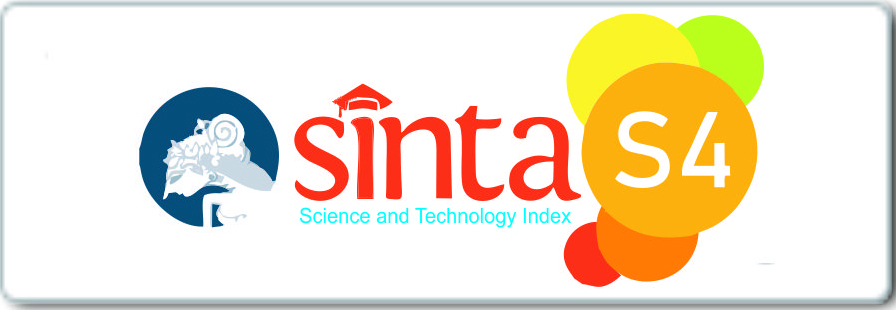Dental and Oral Health Empowerment Program for Elderly using BULAN KESGILUT Book
Downloads
Ambar ST. Kemitraan dan Model-Model Pemberdayaan. Yogyakarta: Graha Ilmu Kartasasmita; 2004. 215 p.
Budiharto. Pengantar Ilmu Perilaku Kesehatan dan Pendidikan Kesehatan Gigi. Jakarta: EGC; 2009. 110 p.
Slamet Y. Pembangunan Masyarakat Berwawasan Partisipasi. Surakarta: Sebelas Maret University Press, 1993; 2004. 187 p.
Kementrian Kesehatan Republik Indonesia. Buku Panduan Pelatihan Kader Kesehatan Gigi dan Mulut di Masyarakat. Jakarta: Kementrian Kesehatan Republik Indonesia; 2012.
Palupi R, Berniyanti T, Bramantoro T, Sosiawan A, Wening GS, Kusumo A. Oral health related systemic disease education for elderly age group. J Int Oral Heal. 2019 Jan 1;11(7):30.
Bramantoro T, Berniyati T, Wening GS, Sosiawan A, Palupi R, Zamzam A. Self-made herbal mouthwash training in elderly community as an empowerment program for improving oral hygiene. J Int Oral Heal. 2019 Jan 1;11(7):37.
Heavey E, Baxter K, Birks Y. LONG-TERM CARE. 2019;
Lindström B. Workshop salutogenesis and the future of health promotion and public health. Scand J Public Health. 2018 Feb 1;46(20_suppl):94–8.
Gunawan S. Mewujudkan Kesejahteraan Bangsa: Menanggulangi Kemiskinan dengan Prinsip Pemberdayaan Masyarakat. Jakarta: Elex Media Komputindo; 2009. 141 p.
World Health Organization. World Report on Ageing and Health. WHO. 2015.
Ermawati T, Sari DS. Upaya Peningkatan Kesehatan Gigi Dan Mulut Pada Lansia (Improving the Oral Health of Erderly). 2014;
Seeman TE. Social ties and health: The benefits of social integration. Ann Epidemiol. 1996 Sep;6(5):442–51.
This is an open access journal, and articles are distributed under the terms of the Creative Commons Lisence, which allows others to remix, tweak, and build upon the work non-commercially, as long as appropriate credit is given and the new creations are licensed under the identical terms.
Copyright notice:
IJDM by UNAIR is licensed under a Creative Commons Atribusi 4.0 Internasional.
- The journal allows the author to hold the copyright of the article without restrictions.
- The journal allows the author(s) to retain publishing rights without restrictions.
- The legal formal aspect of journal publication accessibility refers to Creative Commons Attribution (CC BY)
















